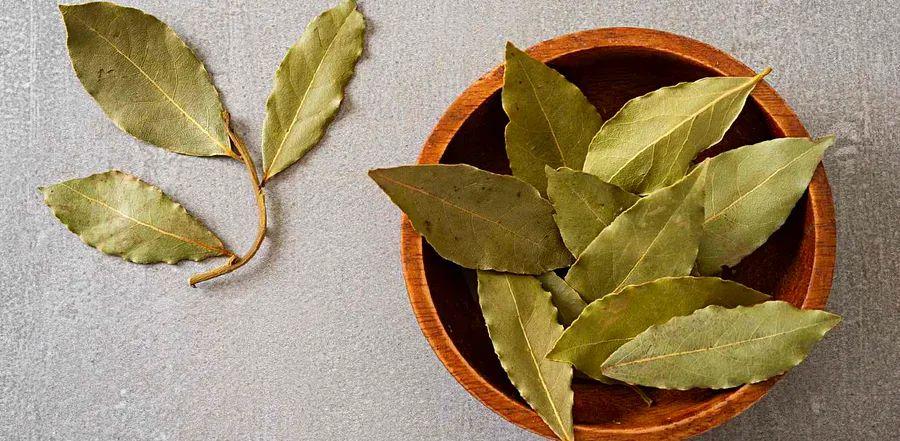Out of Bay Leaves? Here Are 4 Easy Substitutes You Can Use

Ever wondered why there's a leaf in your soup or beans? Don’t worry—it's not a stray piece of outdoor debris, but a bay leaf adding flavor to your dish.
The quiet but powerful herb in your spice rack plays an important role, but if you're out of it, what can you use instead?
What Exactly Are Bay Leaves?
Bay leaves are often mistaken for regular tree leaves, unlike other herbs like sage or parsley. In fact, they're the leaves from the laurel tree and come in dried, fresh, or sometimes ground forms.
Fresh bay leaves are thick, dark green, and have a shiny, waxy surface. When dried, they become crisp and delicate, with a more faded color. Because of their fibrous texture, bay leaves don't break down much during cooking.
What Flavor Do Bay Leaves Add?
Bay leaves offer a subtle flavor that's hard to pinpoint. Commonly added to soups and stocks, they provide a background note, enhancing the overall dish without being overly noticeable. You usually can't taste them, but you would miss them if they weren't there.
By themselves, bay leaves have a slightly minty, herbal taste. However, this flavor doesn't come through in your favorite chicken soup. When paired with other herbs and spices, they help create the deep, savory taste we love in cooking. Think of bay leaves as part of the supporting cast, rather than the star.
Bay leaves shine in slow-cooked dishes like soups, stews, sauces, and beans. When cooked briefly, they release a strong minty, eucalyptus, and tea-like taste that may not blend well with other ingredients. Longer cooking times help mellow their flavor, making it more subtle and complex.
Top Bay Leaf Alternatives
Thyme
Thyme and bay leaves have similar flavor notes, particularly in their minty and aromatic floral qualities. Fresh thyme is more potent and pronounced than bay leaves, so if using fresh thyme, expect a bolder flavor.
Juniper Berries
Juniper berries and bay leaves often appear together in brines, pickles, marinades, and even alcoholic drinks. If you find yourself without bay leaves, feel free to use extra juniper berries in these recipes.
Juniper berries aren't ideal for soups, stews, or sauces because they can be difficult to remove. However, they work well with woody herbs like sage, rosemary, and thyme, so try adding a teaspoon to roasted vegetable dishes. Just be sure to take them out before serving.
Mexican Oregano
Regular oregano can overpower dishes when used as a bay leaf replacement, but Mexican oregano is much milder, with subtle hints of anise and a citrusy finish—making it a great alternative. Use about half a teaspoon of Mexican oregano for each bay leaf you need to substitute.
No Substitute
While not technically a substitute, sometimes it's best to simply skip the bay leaf. Its flavor is light and subtle, so adding a stronger herb or spice can upset the balance of the dish.
Omitting bay leaves works best in recipes with subtle flavors that don't include many other herbs or spices, such as light broths or béchamel sauce for mac and cheese.
Evaluation :
5/5



